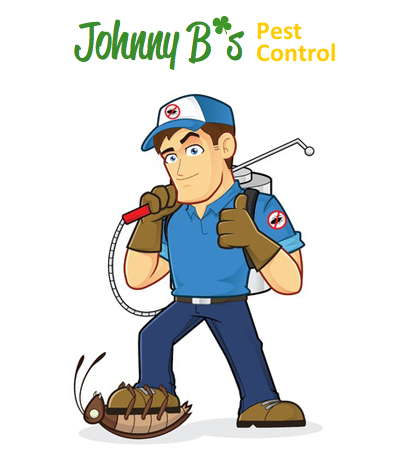People who earn their living and devote their lives to one particular field can become jealous or even spiteful of the accomplishments achieved by their counterparts working in the same trade. Whether you are a lawyer, a doctor, a bookkeeper or a cook, you have certainly witnessed how competitive people in your trade can be with one another. As it turns out, experts in the field of entomology are no different, as one recent story from Canada has made clear. Recently, employees with the Parks and Recreation Department in Niagara spotted large insect burrows on two clay baseball diamonds in Port Colborne Park. The local government is hoping to have the insects identified in order to determine whether or not the park is safe to the public. However, the government has hit a snag, as experts cannot seem to agree on the identity of the insect species contained within the burrows, and the debate is becoming heated.
A beekeeper, George Scott, was asked by the government to determine the identity of the mystery insects. Scott is insisting that the insects in question are Japanese hornets, but several other insect experts disagree with Scott, especially Etienne Normandin, an entomologist from the University of Montreal. Normandin believes that the insects are actually cicada killers, and not Japanese hornets, which are also commonly known as Asian hornets. Normandin took issue with the claims that Scott had made to a local newspaper. The newspaper article claimed that the insects are Japanese hornets, and that “they are being dealt with”. Normandin says that he is one hundred percent sure that the insects in question are not Japanese hornets; he is making this claim despite the fact that European hornets, a close relative of Japanese hornets, have been spotted in the area before, while cicada killers have not. Scott, does not appreciate Normandin’s scrutiny to say the least, as Normandin is from Montreal, and is largely unfamiliar with the insect life in Niagara. Scott suggested that Normandin should visit the Niagara area before making judgements that are beyond his scope of knowledge. Scott further supports his claim by mentioning that hornets and many other wasp species dwell within ground-burrows, which makes the clay-rich baseball diamond an ideal habitat for the insects. The identity of the insects have yet to be confirmed, but the park will, nevertheless, be opening to the public within a few days.
Do you think that it is unlikely to find Japanese hornets in southeastern Canada?

